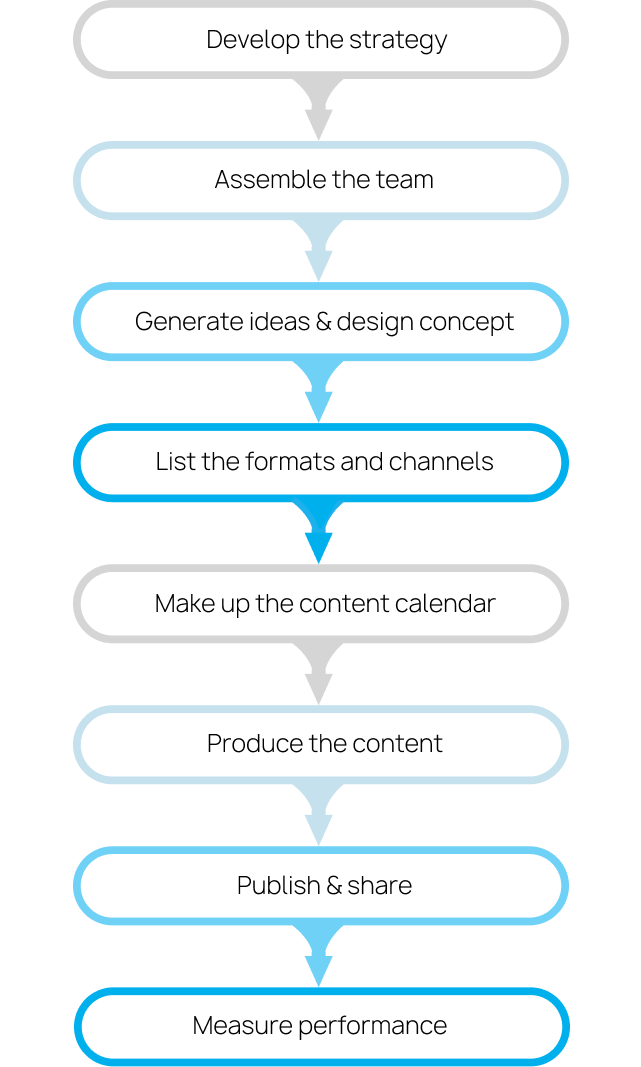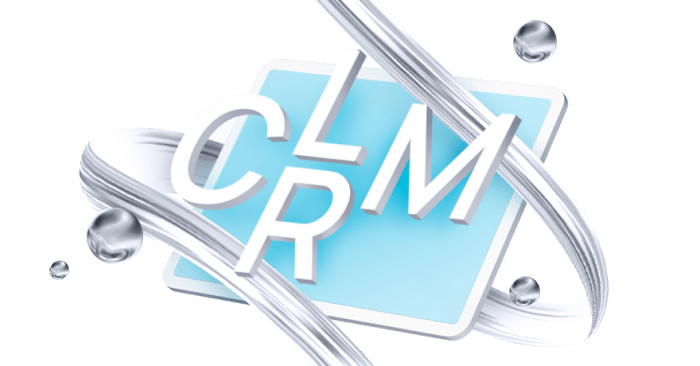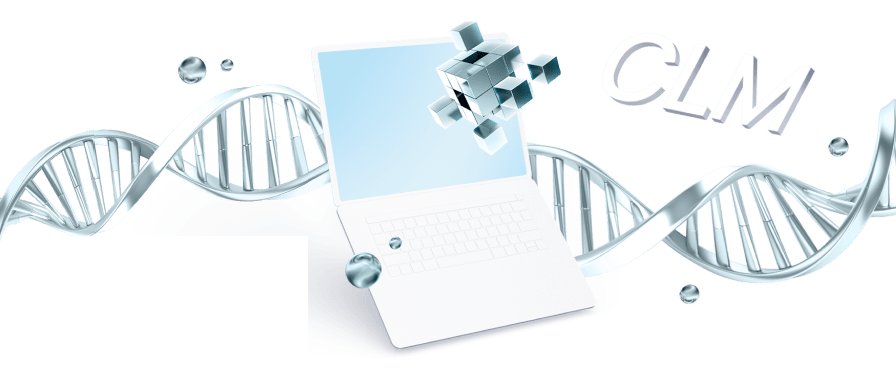What is Digital Content?
Digital content refers to text, images, audio, video, and other information stored and expressed in a digital format. It is used for online communication, entertainment, education, and digital marketing. With globalization and digital transformation, digital content now drives engagement and promotion for most businesses, including life sciences. It enables companies to establish their voice, share knowledge, and also connect with diverse audiences. This article will explore the various types of digital content along with their creation, distribution, and performance.
Why is digital content creation important?
Digital content is the cornerstone of communication between brands and consumers. Therefore, for a thriving business, digital content creation should be a strategy-based multifunctional process rather than just pouring creativity out in the online space.
Digital content is also essential for life science companies to thrive, whether we talk about slide sets that are shared with HCPs during calls, newsletters, on-demand content on an HCP portal or a patient-oriented website, or any other materials. Remote and rep-led eDetailers can be a central element of the marketing strategy, as we explain here. Quality digital content on the website enhances SEO, draws organic traffic and increases online visibility.
Types of digital content
Digital content can be categorized into several types depending on the format. Each format can serve multiple purposes and audiences:
- Textual Content: Articles, blogs, and eBooks.
- Imagery: Photographs, illustrations, and infographics to visualize complex ideas and data.
- Audio: Podcasts, voiceovers for slide sets.
- Video: Videos and animations to share news, present scientific data, describe mechanisms of action, and much more.
- Interactive Media: Games and apps, surveys and interactive case studies.


Developing brand awareness
Digital content can act as a beacon to attract and retain consumer attention in a saturated digital space. By leveraging diverse platforms and creating resonant, value-driven content, brands can establish credibility amongst existing and potential customers. Through strategic dissemination and consistent messaging, digital content can significantly amplify brand visibility and recall.
Developing brand awareness through digital content involves multiple activities.
- Content creation.
- Content dissemination and promotion.
- Social media presence.
- SEO optimization for websites and blogs.
- Email marketing.
- Collaborations and influencer marketing.
Choosing a format
When choosing the format of digital content, consider the following factors:
Audience preferences and demographics:
- Understand the content consumption habits, preferences, and needs of your target audience.
- Consider age, profession (or specialization if we talk about HCPs), education level (for patients), and other demographic factors that influence content preferences.
Content objectives:
- Define the purpose of the content—whether it’s to inform, entertain, educate, or persuade.
Brand voice and strategy:
- Be consistent and holistic.
SEO and accessibility:
- Use formats that are SEO-friendly and accessible to a wide range of users, considering their diverse needs and abilities.
Distribution channels:
- For cost-effectiveness, consider cross-posting and repurposing content for different channels.
Resource availability and budget:
- Evaluate the resources, time, and budget and choose feasible and sustainable content formats.
Engagement level:
- Determine the level of interaction and engagement that will be comfortable for both you and your audience.
Metrics and performance goals:
- Set them at the start of your campaign, measure, analyse, and use for improvements.
Visual appeal and aesthetics:
- Remember that design concepts can influence the content performance immensely, if chosen appropriately.
By weighing up these factors content creators can maximise impact and engagement of their digital content.
Who creates digital content?
The creation of digital content often involves a collaborative effort from various roles, depending on the content types and communications channels, and also on the scale of your business. Overall, the creation of digital content may involve:
-
Content strategists:Outlining the overall content strategy by determining the objectives, target audience, and key messages, and deciding on which types of content and distribution channels are most effective. This role can be fulfilled by a marketing specialist, project manager, or product manager.
-
Data analysts/market researchers:Providing insights into market trends, audience behaviour, and content performance, helping to inform content strategy and development.
-
Content creators/writers:Responsible for generating the core content, whether it is written articles, blog posts, scripts, or any textual elements for other content formats. May also provide visualisation ideas or image references to a graphic designer.
-
Graphic designers:Creating visual elements like images, illustrations, and infographics to accompany and enhance the core content.
-
Video producers:Creating or managing the creation of video content.
-
Audio engineers/producers:Handling the technical aspects of producing audio content such as podcasts or voiceovers.
-
SEO specialists:Optimizing the content to improve visibility on search engines and organic traffic.
-
Social media manager:Manages the distribution of content across various social media platforms.
-
Web developer:Ensures functionality and accessibility of websites or apps that display the content.
-
Editor/proofreader:Reviews and refines the content, aligns it with brand voice and style guidelines.
-
Medical editor/MSL:Ensures that the content is accurate, up to date, complies with the industry standards for data quality and with the applicable regulations.
-
Legal advisor:Ensures the content adheres to legal standards and industry regulations.
The digital content creation process
This is how the process may flow, depending on the individual strategy and scale.


Digital content creation ideas
Brainstorming can be tough, especially at the start of the campaign. Everyone involved should participate in the idea generation to ensure deep involvement and a holistic approach at each step. Here is what your team can use to bounce the creativity around:
- Data and feedback from your marketing and sales team
- Customer surveys
- SEO research data
- Popular content types from your competitors
- Current trends
Measuring performance
Measuring performance is crucial to ascertain the impact and efficacy of digital content. With analytics tools, the content creation team can track a variety of metrics such as engagement rate, click-through rate, conversion rate, and bounce rate to gauge user interaction and interest. SEO performance can be assessed through organic traffic, keyword rankings, and backlink quality. Social shares, comments, and likes are valuable indicators of content resonance and reach on social media platforms. And, in the end, it all comes down to return on investment (ROI) that is calculated by evaluating the generated revenue against the invested resources, ensuring the content is cost-effective and provides desired outcomes.
Free vs. paid digital content
These days, access to content can be gated by either the request to provide personal data, such as email, or by paywall. It has been shown that paid content is perceived as more valuable by users and might provide higher engagement.
The catch is that digital content can be either a product or a marketing tool. While paid digital content can become a sustainable income source, it is hardly ever applicable to companies that use this content to promote their services or products.
The future of digital content
In conclusion, digital content, with its many forms and strategic implications, is pivotal in shaping perceptions, interactions, and advancements in the digital age. The future of digital content points towards more immersive and personalized experiences, integrating emerging technologies like AI and VR. As innovations continue to evolve, digital content creation will be indispensable for sustaining relevance and achieving success in the dynamic digital landscape.
For support in managing this, and in any step described in this article, please contact Dazur Digital here at info@dazur-digital.com.




